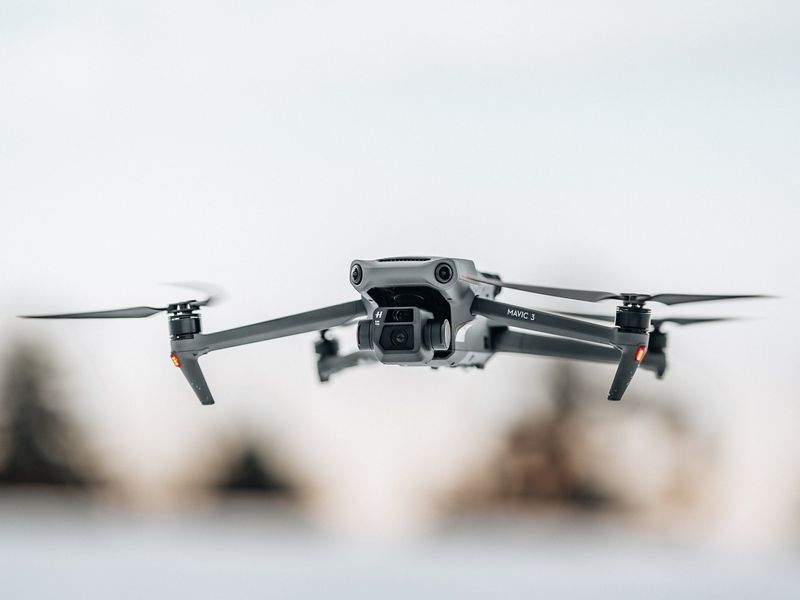Report: IZ1H9 Campaign Exploiting Unpatched Routers and IoT Devices to Launch DDoS Attacks
Introduction
In a recent discovery by researchers from FortiGuard Labs, a new campaign named IZ1H9 has emerged, focusing on exploiting unpatched router and Internet of Things (IoT) devices to create a growing botnet. This botnet is then used to execute targeted distributed denial-of-service (DDoS) cyberattacks. The campaign has shown an ability to adapt quickly, taking advantage of emerging vulnerabilities and leveraging known weaknesses in various devices.
Increase in Malware Development
The IZ1H9 campaign has ramped up its malware development significantly, with recent updates introducing 13 new payloads. These payloads exploit vulnerabilities in devices such as D-Link routers, Netis wireless routers, Sunhillo SureLine, Geutebruck IP cameras, Yealink Device Management, Zyxel devices, TP-Link Artcher, Korenix Jetwave, and Totolink routers. The campaign has demonstrated its capacity to infect vulnerable devices and expand its botnet rapidly through the use of recently released exploit code, which encompasses numerous Common Vulnerabilities and Exposures (CVEs).
Impact on Organizations
The IZ1H9 campaign poses a significant threat to organizations and individuals alike. The exploitation of unpatched routers and IoT devices allows attackers to gain control over a large network of compromised devices. This, in turn, enables them to launch DDoS attacks, disrupt services, and potentially exfiltrate sensitive data. The fact that trigger counts reached into the thousands to even tens of thousands indicates the campaign’s ability to infect a substantial number of devices within a short period.
The Urgency and Remedy
To mitigate the risks posed by this campaign, Fortinet strongly recommends organizations take immediate action. Applying patches and updates to vulnerable devices is crucial in preventing further attacks. Companies should actively monitor security advisories from the manufacturers of their routers and IoT devices and promptly implement any necessary fixes. Additionally, changing default login credentials, especially for devices accessible from the internet, is imperative.
Internet Security Implications
The IZ1H9 campaign’s success exposes the interconnected vulnerabilities within today’s digital landscape. The increasing number of smart devices we rely on for convenience and efficiency also presents new security challenges. In this context, organizations and individuals need to recognize the importance of proactive measures to safeguard against these threats.
Raising Awareness and Accountability
The IZ1H9 campaign underscores the necessity for improved IoT security practices and stronger accountability from device manufacturers. With the growth of the IoT industry, there is a corresponding need for increased emphasis on security at all levels. Manufacturers should prioritize building secure devices, ensuring regular firmware updates, and providing clear instructions on securing these devices. Simultaneously, users must take responsibility for their devices’ security and implement best practices to protect themselves and others.
The Role of Governments and Regulations
Developing stringent regulations and standards for IoT security is an integral step toward reducing vulnerabilities in devices. Governments must work in collaboration with industry leaders to establish guidelines that ensure IoT devices meet minimum security requirements. Such guidelines should encompass rigorous testing, vulnerability management, and timely patching. Additionally, regulations should hold manufacturers accountable for not only selling secure devices but also providing long-term support through firmware updates and security patches.
Editorial: Strengthening Defenses in a Constantly Evolving Cyber Threat Landscape
The Need for Continuous Vigilance
The emergence of campaigns like IZ1H9 highlights the relentless efforts made by cybercriminals to exploit vulnerabilities in our digital infrastructure. Organizations and individuals must remain vigilant in their security practices, regularly updating and patching their systems. It is crucial to adopt a proactive approach that prioritizes security from the design stage, addresses vulnerabilities promptly, and places an emphasis on user awareness and education.
Evolving Cybersecurity Approaches
Traditional security measures are no longer sufficient in combating sophisticated threats like the IZ1H9 campaign. Organizations must embrace a combination of technologies, including advanced threat intelligence, machine learning, and behavioral analysis. Furthermore, adopting a defense-in-depth strategy that incorporates multiple layers of security can enhance resilience against attacks.
Collaboration between Industry, Government, and Academia
The fight against cyber threats requires a concerted effort from all stakeholders. Collaboration between industry, government agencies, and academic institutions is essential in fostering information sharing, developing best practices, and advancing research in cybersecurity. This collaboration also extends to international cooperation, as cybercriminal activities transcend national borders.
Protecting Individuals and Society
Cybersecurity is not solely an issue for organizations; it is a matter of protecting individuals and society as a whole. Governments should establish comprehensive cybersecurity education programs, enabling individuals to enhance their digital literacy and develop a strong understanding of safe online practices. By empowering individuals, we can collectively work towards a safer and more secure digital environment.
Conclusion
The IZ1H9 campaign serves as a stark reminder of the evolving nature of cyber threats and the need for constant vigilance to safeguard our digital infrastructure. Organizations must actively patch vulnerabilities, update their systems, and enforce strong security practices. Governments must also play a crucial role in setting standards, regulations, and facilitating collaboration. Ultimately, a combined effort and a proactive mindset will be essential in countering the growing threat landscape and ensuring a secure future for our digital society.

<< photo by Ramón Salinero >>
The image is for illustrative purposes only and does not depict the actual situation.
You might want to read !
- The Unseen Threat: A Cloaked Open-Source Rootkit Unleashed via Rogue npm Package
- RIT’s Groundbreaking Role as the First Recipient of Google’s Cybersecurity Clinics Fund
- Navigating the Frontlines of AI: Red Teaming for Enhanced Security
- Nokia’s Partnership with K2 Telecom: Enhancing Security and Generating Revenue for Brazil’s Telecom Industry
- “A Growing Threat: Mirai Variant IZ1H9 Employs 13 New Exploits”
- Exploring Google’s Project Zero: Insights from Researcher Natalie Silvanovich
- “Hidden Threat: Unmasking the Malicious Impersonation of WordPress Caching Plugins”
- A Closer Look at Dutch Municipalities’ Response to Security Vulnerabilities
- Closing the Gap: Okta’s Cybersecurity Workforce Development Initiative Empowers Tech Talent




